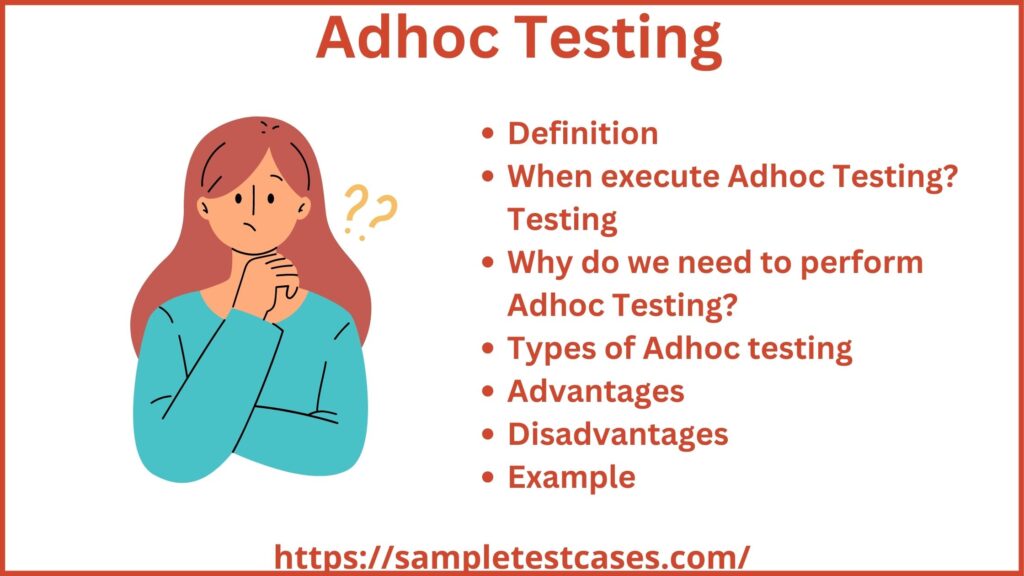In today’s dynamic world, various methodologies and approaches are utilized in order to tackle problems, pioneer, and improve productivity. Two prominent strategies often discussed are definitely the Waterfall Method in addition to Agile Methodology. Comprehending the key differences, use cases, advantages, and disadvantages of each could help organizations decide the best match for their tasks. Additionally, combining components of both methods can offer a hybrid solution that leverages the strong points of each.
Key Dissimilarities
Waterfall Approach
The Waterfall Approach is a thready and sequential strategy where each phase of a task must be completed before the next one particular begins. It’s want a cascade, wherever progress flows down through phases this sort of as requirement gathering, system design, rendering, testing, deployment, repairs and maintanance.
Agile Methodology
Snello Methodology, on the particular other hand, is an iterative and gradual approach. It is targeted on collaboration, customer comments, and small, fast releases. Projects are usually split up into small pieces called iterations or sprints, usually long lasting two to four weeks, allowing with regard to continuous improvement in addition to adaptation.
Key Dissimilarities Described
Structure:
Design: Linear and continuous.
Agile: Iterative plus incremental.
Flexibility:
Design: Rigid, with little room for changes every phase is completed.
Agile: Adaptable, with frequent reassessments and adjustments.
Documents:
Waterfall: Extensive documentation.
Agile: Minimal, focused on essential demands.
Customer Involvement:
Waterfall: Limited to first requirements and final delivery.
Agile: Ongoing involvement and feedback.
Use Cases
Design Technique
Construction Tasks: Where changes can easily be costly plus time-consuming.
Manufacturing: Exactly where processes are well-defined and repeatable.
Managed Industries: Where conformity and documentation usually are critical.
Large-Scale Projects: Where the range is clear plus stable.
Agile Methodology
Software Development: In which requirements are anticipated to evolve.
Startup companies: Where quick iterations and customer feedback are essential.
Creative Projects: This sort of as marketing campaigns or perhaps product design, necessitating flexibility.
Innovative Products: Where adapting to be able to market feedback is essential.
Advantages and Drawbacks
Waterfall Technique
Positive aspects
Predictability: Clear timelines and milestones.
Records: Thorough documentation facilitates maintenance and potential projects.
Discipline: Organised approach enforces control and clarity.
Quick to Manage: Ease in managing levels sequentially.
Disadvantages
Inflexibility: Difficult to accommodate changes after the particular initial phase.
Late Testing: Testing arises late, increasing typically the risk of main issues.
Customer Feedback: Limited opportunities intended for feedback until the end.
Overlooked Requirements: Probable for missed needs or misunderstandings.
Agile Methodology
Advantages
Flexibility: Easily accommodates changes and new specifications.
Customer Involvement: Regular feedback improves satisfaction and product top quality.
Early Detection: Repeated testing and opinions catch issues earlier.
Motivation: Team empowerment and involvement boost morale and creativeness.
Disadvantages
Scope Slide: Risk of task expanding beyond unique intent.
Documentation: Significantly less emphasis can guide to insufficient paperwork.
Coordination: Requires sturdy communication and collaboration.
Inconsistent Delivery: Feasible variability in components due to iterative nature.
Recommendations intended for Combining Both Strategies
Combining the Waterfall and Agile approaches can create the balanced methodology, usually referred to as Hybrid or Water-Agile-Fall. This mix aims to leverage the predictability and documentation strengths of Waterfall using the flexibility and iterative benefits associated with Agile.
How to be able to Combine Both Methods
Phase-Based Approach: Work with Waterfall for first phases (requirement collecting and high-level design) and Agile with regard to development and testing.
Parallel Tracks: Work Agile sprints within an overall Design framework, ensuring crucial milestones and documents are maintained.
Gateway Reviews: Incorporate official Waterfall gate evaluations at the conclusion of major Agile iterations.
Tailored Paperwork: Balance comprehensive Waterfall documentation with Agile’s lean documentation by simply focusing on crucial documents only.
Practical Example
Software Growth Task
Requirements Period: Use Waterfall to be able to gather and report detailed requirements.
Style Phase: Develop a high-level design using Design principles.
Development Phase: Implement Agile sprints for coding and even feature development.
Testing Phase: Conduct constant testing within Acuto iterations.
Deployment Period: Finalize with a structured Waterfall method for deployment and even user training.
Positive aspects of the Hybrid Approach
Balanced Versatility and Control: Fits changes while maintaining structured oversight.
Improved Danger Management: Early detection of issues through iterative testing minimizes overall risk.
Improved Collaboration: Regular opinions loops with stakeholders improve project position and satisfaction.
Useful Documentation: Tailored documents ensures critical details is captured without excessive overhead.
Issues of the Cross Technique
Complexity: Handling two methodologies may be complex and requires skilled project management.
Consistency: Ensuring consistent application in addition to integration of both approaches.
Cultural Move: Teams may need time to adapt in order to a hybrid performing model.
Bottom line
Selecting the right method depends on the project’s characteristics, requirements, and constraints. The Waterfall technique offers structure and predictability, making it suitable for projects with well-defined specifications and minimal modifications. Agile provides overall flexibility and responsiveness, suitable for dynamic environments in which customer feedback in addition to adaptability are very important.
Combining both approaches could offer a thorough solution, leveraging the particular strengths of every to deliver assignments efficiently and properly. By learning click here for info , use instances, advantages, and drawbacks, and following best practices regarding combining methods, businesses can optimize their project management strategies for success